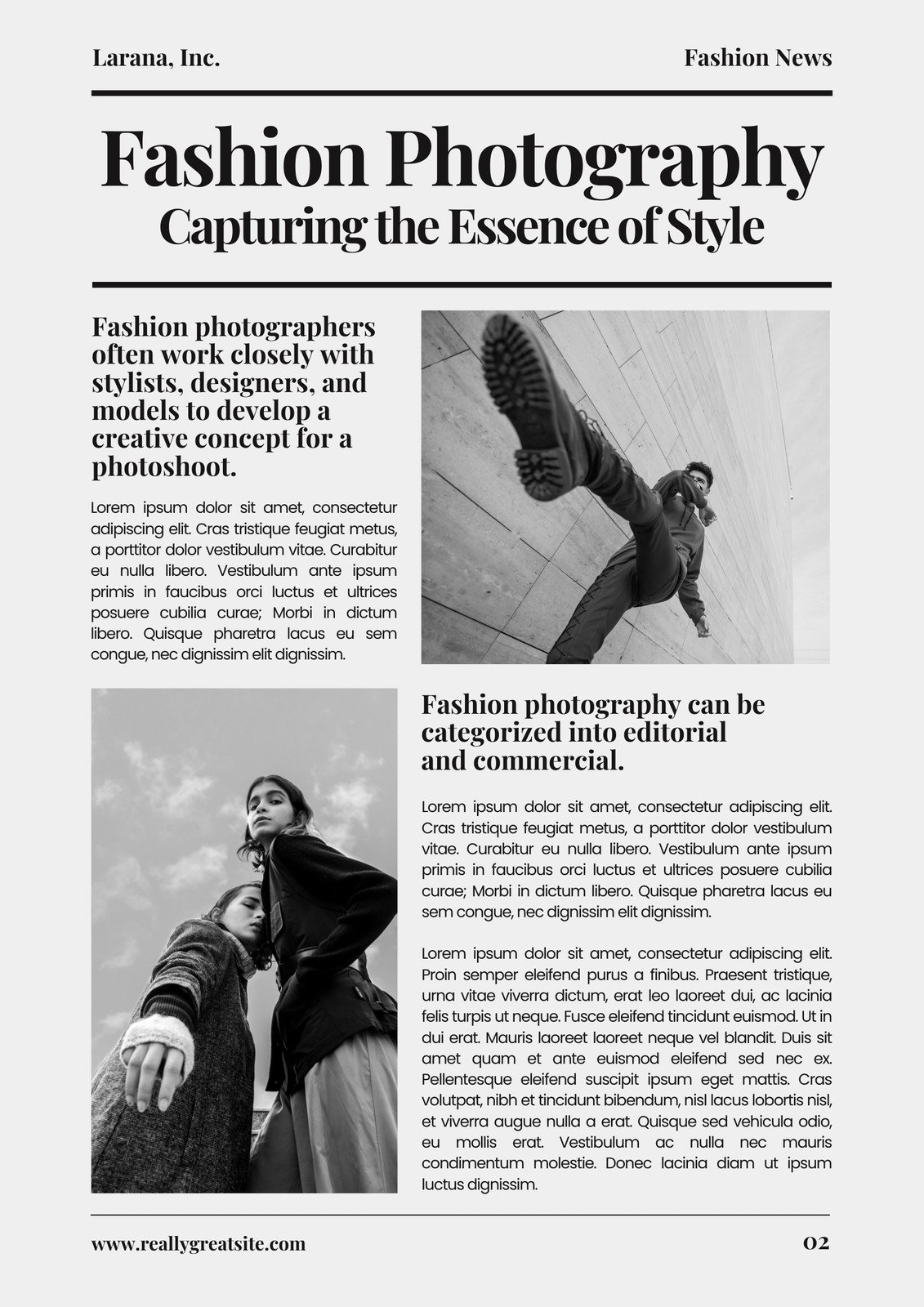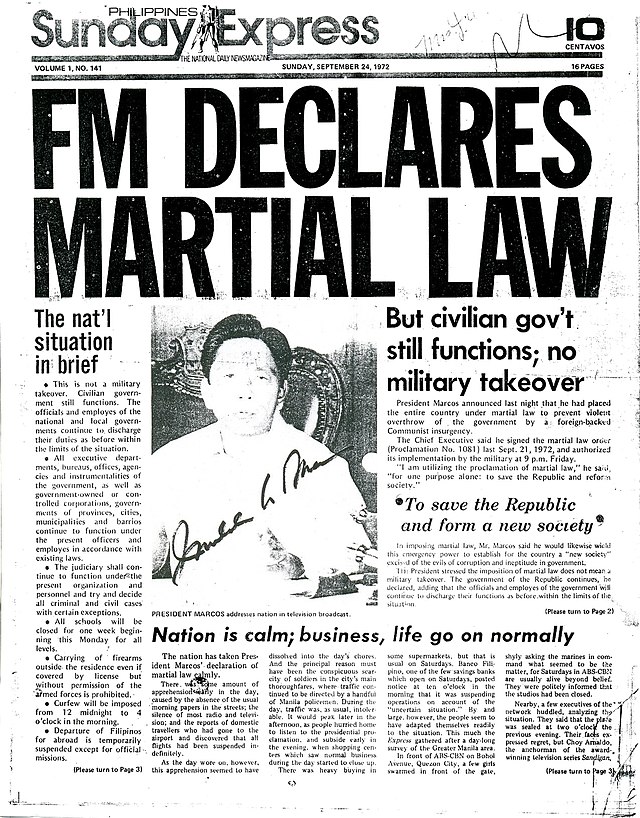9 Easy Facts About News Articles Explained
9 Easy Facts About News Articles Explained
Blog Article
The Basic Principles Of News Articles
Table of ContentsWhat Does News Articles Do?The Of News ArticlesHow News Articles can Save You Time, Stress, and Money.Examine This Report on News ArticlesHow News Articles can Save You Time, Stress, and Money.
Great knowledge of various subjects offers pupils an one-upmanship over their peers. Even though digital and social media sites are easily available, we should not fail to remember how important it is to review the newspapers. Parents must try and instill the habit of reviewing a newspaper as a day-to-day regimen to proceed the legacy of the adored print tool.News tales additionally have at the very least one of the adhering to important qualities family member to the desired audience: distance, importance, timeliness, human rate of interest, curiosity, or consequence.
Within these limits, newspaper article additionally intend to be comprehensive. However, other elements are involved, some stylistic and some originated from the media form. Amongst the bigger and a lot more reputable papers, justness and balance is a major consider providing info. Commentary is typically confined to a separate section, though each paper may have a various total angle.
Papers with a worldwide audience, for example, often tend to make use of a much more formal design of creating. The certain selections made by a news outlet's editor or content board are commonly collected in a design guide; common style guides include the and the United States News Design Publication. The primary goals of information writing can be summarized by the ABCs of journalism: precision, brevity, and clarity.
Some Known Factual Statements About News Articles
As a regulation, reporters will certainly not make use of a long word when a short one will do. News authors attempt to avoid using the same word more than once in a paragraph (often called an "resemble" or "word mirror").
Nevertheless, headlines in some cases leave out the topic (e.g., "Jumps From Boat, Catches in Wheel") or verb (e.g., "Cat woman lucky"). A subhead (likewise subhed, sub-headline, subheading, caption, deck or dek) can be either a secondary title under the primary headline, or the heading of a subsection of the article. It is a heading that precedes the main message, or a team of paragraphs of the primary text.

Extra signboards of any of these types might appear later in the article (particularly on subsequent web pages) to tempt further analysis. Such signboards are additionally utilized as guidelines to the post in various other areas of the magazine or site, or as advertisements for the item in other magazine or sites. Normal structure with title, lead paragraph (recap in bold), various other paragraphs (details) and contact info.

Instance of a hard-lead paragraph NASA is suggesting one more space job. The company's budget plan request, announced today, consisted of a strategy to send another mission to the Moon. This time the company wants to establish a long-term center as a jumping-off factor for various other room journeys. The budget plan requests approximately $10 billion for the project.
The NASA statement came as the agency asked for $10 billion of appropriations for the task. An "off-lead" is the 2nd crucial front page information of the day. The off-lead shows up either in the leading left corner, or directly listed below the lead on the right. To "bury the lead" is to start the post with history info or information of additional value to the visitors, requiring them to review more deeply right into a write-up than they must have to in order to discover the important factors.
8 Easy Facts About News Articles Explained
Typical usage is that or 2 sentences each form their own paragraph. Journalists typically define the organization or structure of a newspaper article as an inverted view publisher site pyramid. The important and most fascinating components of a tale are placed at the beginning, with go to this web-site sustaining info adhering to in order of diminishing importance.
It enables people to check out a subject to only the deepness that their interest takes them, and without the imposition of details or nuances that they could think about irrelevant, but still making that information available to much more interested readers. The upside down pyramid structure additionally enables articles to be cut to any kind of approximate size throughout design, to fit in the space available.
Some writers begin their tales with the "1-2-3 lead", yet there are lots of kinds of lead offered. This format invariably begins with a "5 Ws" opening up paragraph (as defined over), adhered to by an indirect quote that serves to support a significant component of the initial paragraph, and after that a direct quote to support the indirect quote. [] A kicker can describe multiple things: The last tale current program; a "satisfied" story to end the program.
Longer write-ups, such as magazine cover articles and the items that lead the within sections of a newspaper, are referred to as. Attribute tales differ from straight information in a number of ways. Foremost is the lack of a straight-news lead, most of the moment. As opposed to using the essence of a tale up front, attribute writers might attempt to lure viewers in.
Unknown Facts About News Articles
A feature's first paragraphs typically associate an appealing minute or event, as in an "anecdotal lead". From the particulars of a person or episode, its view advice swiftly broadens to generalizations regarding the story's subject.

The Editor's Toolbox: A Reference Overview for Beginners and Professionals (2001) Allan M. Siegal and William G. Connolly. The New York Times Guidebook of Style and Use: The Authorities Style Overview Used by the Writers and Editors of the Globe's A lot of Authoritative Paper (2002) M. L. Stein, Susan Paterno, and R.
Report this page